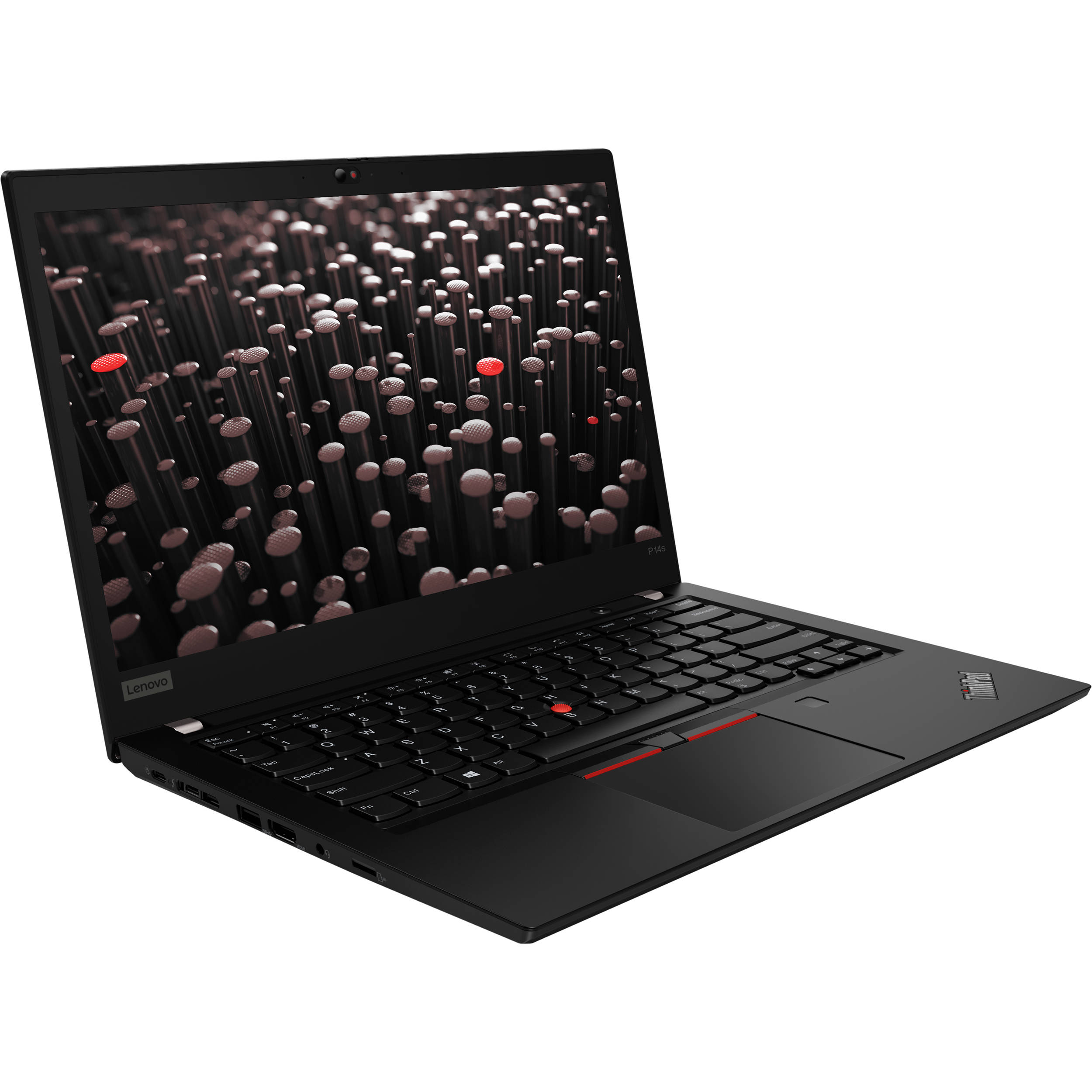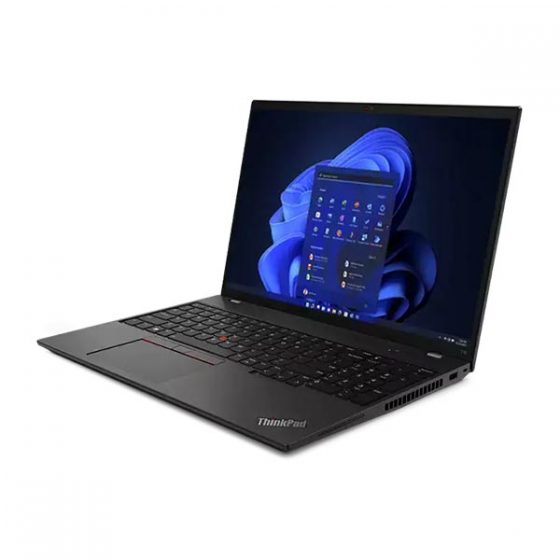Introduction
In the realm of business laptops, Lenovo’s ThinkPad series has systematically stood out for its reliability, performance, and design. The Lenovo ThinkPad p14s gen 5 is no exception, cater to professionals seek a balance between portability and power. With both AMD and intel processor options, potential buyers oftentimes find themselves grapple with the decision of which model best suits their needs. This article delves into the differences between the Lenovo ThinkPad p14s gen 5 (AMD) and the Lenovo ThinkPad p14s gen 5 (intel), provide comprehensive insights to aid your decision make process.
 Source: joinhoney.com
Source: joinhoney.com Technical specifications
Understand the technical specifications of each model is crucial. Here’s a breakdown:
- Processor:
- AMD: Ry zen 7 pro 6850u with integratedradonn graphics.
- Intel: Core i7 1255u with integrate iris Xe graphics.
- Ram: Both models support up to 32 GB of ddr4 ram.
- Storage: Options for up to 1 tb SSD, ensure fast data access.
- Display: 14 inch FHD (1920 x 1080 )ipIPSwith options for touchscreen.
- Battery life: Up to 12 hours, though real world usage may vary.
- Weight: Roughly 3.24 pounds, make it portable and easy to carry.
Performance comparison
The choice between AMD and intel oftentimes boil down to specific performance needs.
AMD Ryzen 7 pro 6850u
The AMD variant is known for its robust performance inmultithreadedd applications, thanks to its additional cores and threads. It’s specially beneficial for tasks like:
- Video edit and render
- Data analysis with large datasets
- Run virtual machines
Furthermore, the integrated radon graphics can offer a slight edge in graphical performance over intel’s iris xXe specially in light gaming or graphic design tasks.
Intel Core i7 1255u
The intel variant shine in single thread performance, make it ideal for:
- Everyday productivity tasks
- Web browses with multiple tabs
- Office applications and software development
Intel’s quick sync technology besides enhance video encoding and decoding, which can be advantageous for streaming and media consumption.
 Source: pinnaxis.com
Source: pinnaxis.com Real life example
A mid-sized architectural firm latterly face a dilemma when upgrade their fleet of laptops. They need a reliable machine capable of handle cad software, which benefit from multi threading. After consult with their it department, they opt for the Lenovo ThinkPad p14s gen 5 with AMD processors. The decision was base on the superior multi thread performance and cost-effectiveness of the AMD variant. Post upgrade, the firm’s design team report a noticeable improvement in render times, allow them to increase productivity.
Other considerations
When decide between the AMD and intel models, consider the following:
- Software compatibility: Some professional software may be optimized for intel processors. Check the compatibility of essential applications withAMDd.
- Future proofing: Consider the longevity and unreadability of the model you choose, include support for future technologies.
- Price: The AMD variant much come at a lower price point, offer better value for budget conscious buyers.
Conclusion
Choose between the Lenovo ThinkPad p14s gen 5 (aAMD)and ( (tel ) )nally depend on your specific needs and workflow. The amd AMDel offer excellent multmulticoreformance and value, while the intel model provide superior single core performance and media handling. Evaluate your primary use cases, software requirements, and budget to make an informed decision. For those interested in far explore the capabilities of these machines, visit lenovLenovobsite or consult with a technology expert can offer additional insights.
In the always evolve world of technology, stay inform is crucial. Keep explore and compare to ensure your technology choices best suit your professional demands.